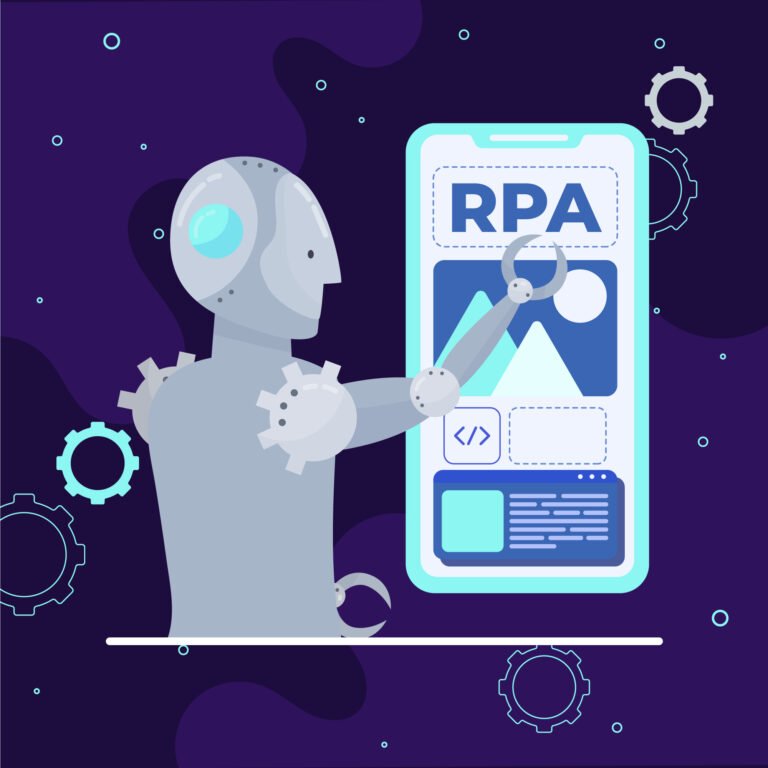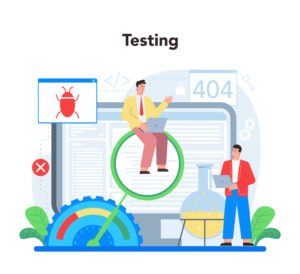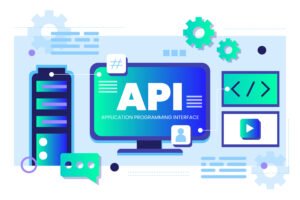In today’s fast-paced digital ecosystem, businesses are increasingly investing in automation to improve speed, quality, and efficiency. Two terms often come up in these conversations: API Test Automation and Robotic Process Automation (RPA).
While both involve automation, they serve very different purposes. Confusing the two can lead to poor tool choices, wasted resources, and missed opportunities.
In this article, we’ll break down the key differences between API Test Automation and RPA, when to use each, and how they can even complement each other.

What is API Test Automation?
API Test Automation is the process of verifying whether your application programming interfaces (APIs) work correctly, reliably, and efficiently—without human intervention.
It focuses on:
Validating endpoints for correctness
Checking response times and performance
Ensuring system integrations work across different services
Catching bugs early before they impact the user experience
Example: Testing if the “payment processing API” returns a valid transaction ID within 2 seconds when integrated with a shopping cart.
What is RPA (Robotic Process Automation)?
RPA automates repetitive, rule-based business processes by mimicking human actions on user interfaces.
It focuses on:
Automating manual, repetitive tasks (e.g., data entry)
Interacting with applications just like a user (clicking, typing, etc.)
Increasing productivity by reducing human effort in back-office processes
Example: Automating invoice data entry from emails into an ERP system.
Key Differences Between API Test Automation and RPA
Aspect
API Test Automation
RPA
Primary Purpose
Ensure APIs work correctly and efficiently
Automate repetitive business processes
Level of Operation
Works at the system/backend level (APIs, databases)
Works at the UI level (mimics human actions)
Use Case
Software testing & QA
Business operations & productivity
Skill Requirement
Often requires QA/testing knowledge (low-code/no-code tools emerging)
Business users can configure bots with minimal coding
Integration Focus
Validating API integrations between services
Automating manual workflows across apps
Outcome
High-quality, bug-free software
Reduced operational costs and time savings
When to Use API Test Automation vs. RPA
Use API Test Automation when:
You’re building or maintaining software products.
You need to ensure APIs are stable, secure, and scalable.
Continuous testing in DevOps and CI/CD pipelines is critical.
Use RPA when:
You want to automate back-office tasks without modifying applications.
Employees spend hours doing repetitive tasks (copy-paste, data entry).
You need quick wins in operational efficiency.
Can They Work Together?
Absolutely. API Test Automation and RPA are not competitors—they’re complementary.
API Test Automation ensures the backend systems and integrations work flawlessly.
RPA can leverage those tested APIs to build reliable, automated business processes.
For example: A financial company might use API Test Automation to validate payment APIs, while using RPA to automatically reconcile payments in accounting software.
Final Thoughts
Understanding the difference between API Test Automation and RPA is crucial for making the right investment. While API Test Automation powers quality software delivery, RPA boosts business process efficiency.
Forward-looking companies use both—ensuring their software is reliable and their operations are efficient.
At Total Shift Left, we help organizations build resilient API Test Automation frameworks that fit seamlessly into DevOps and CI/CD pipelines. If you’re curious about how API automation can transform your quality strategy, book a consultation with us today.











